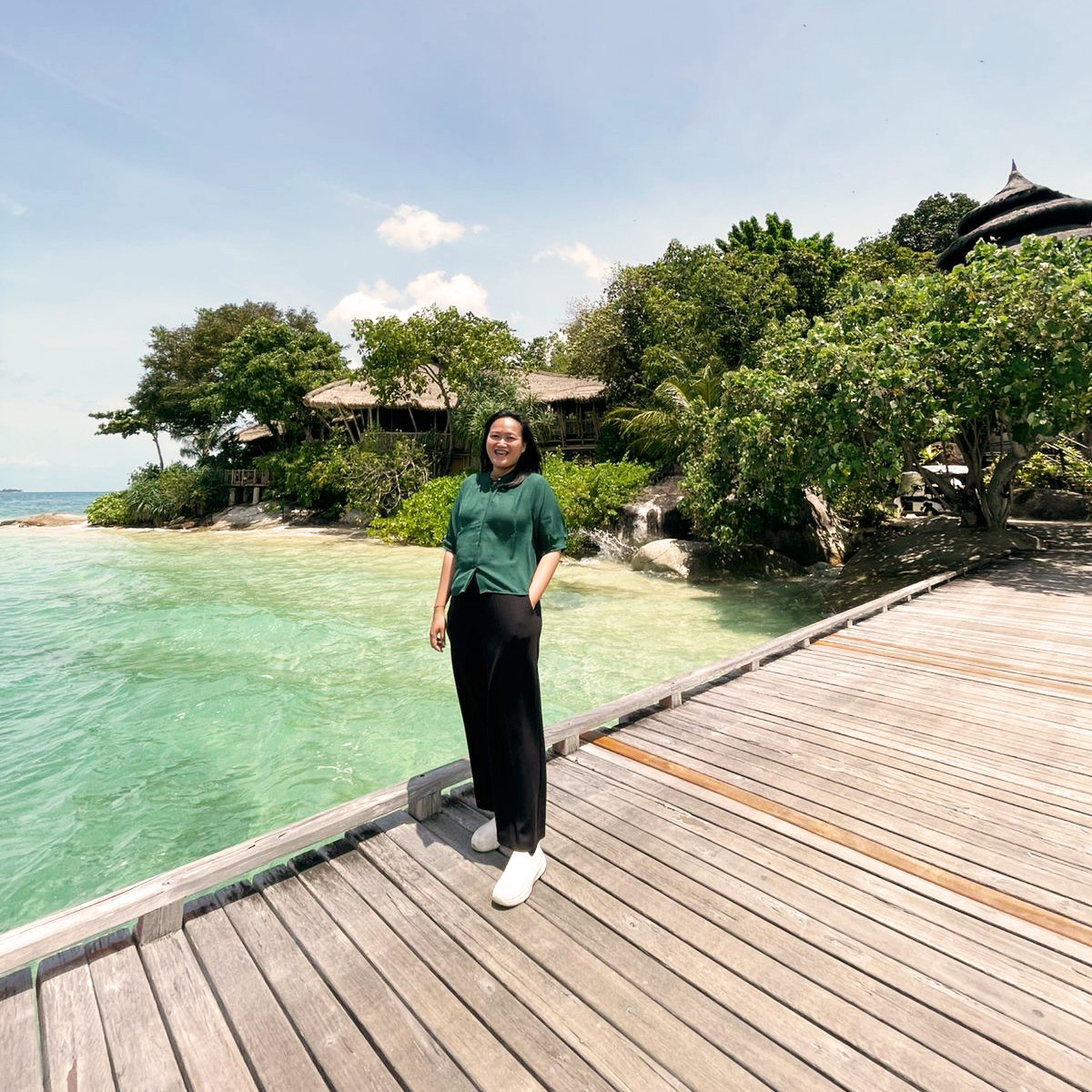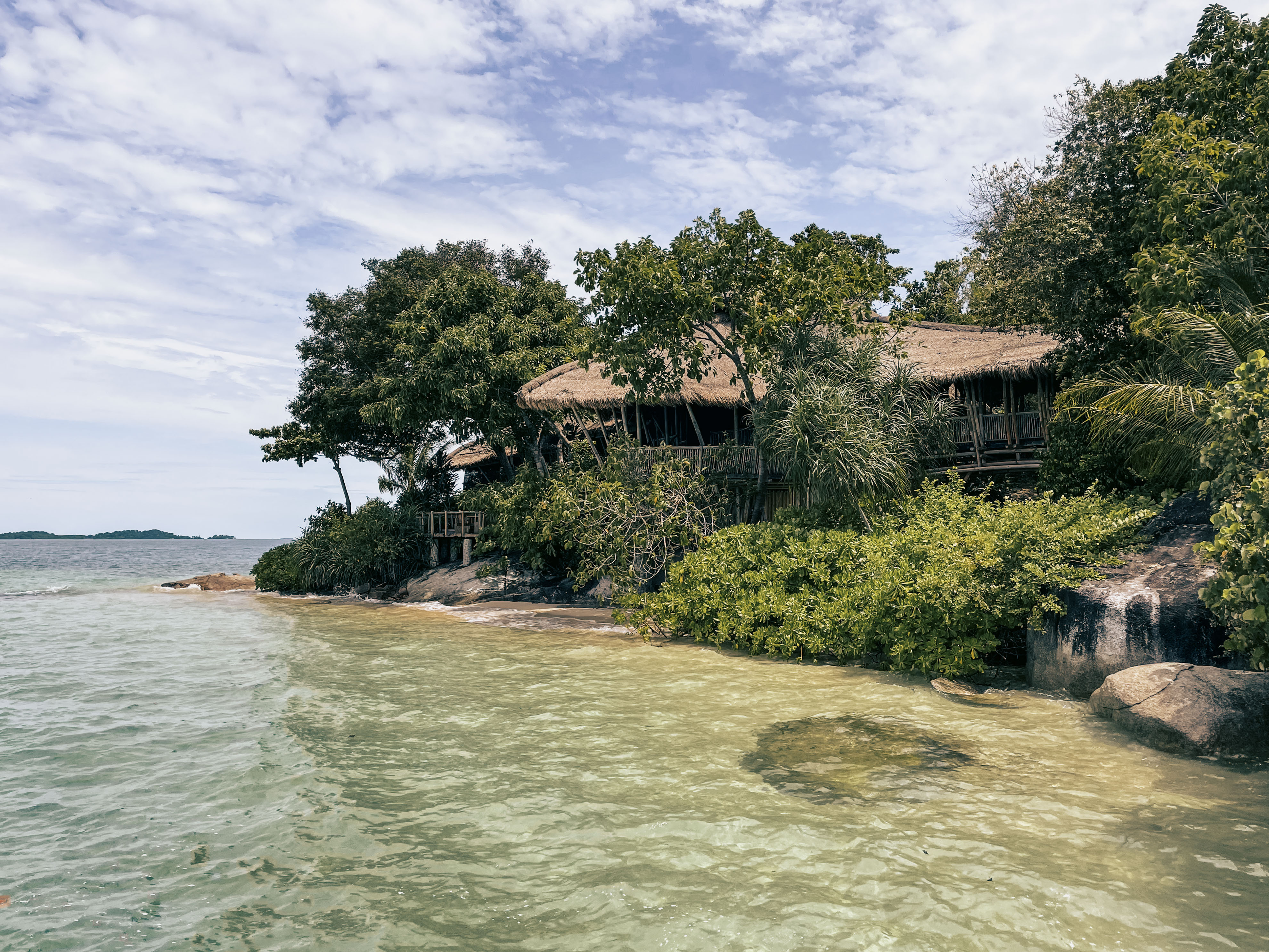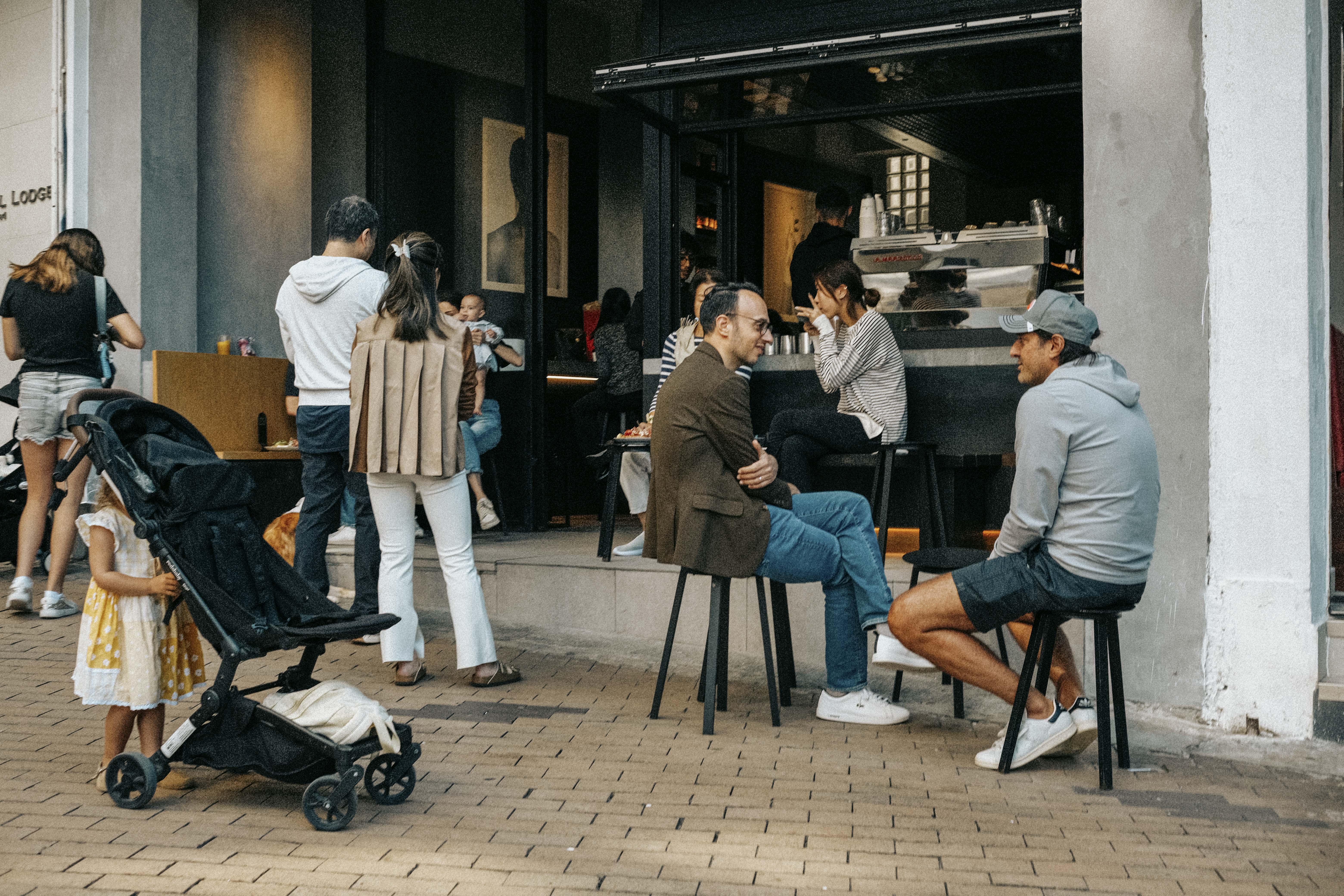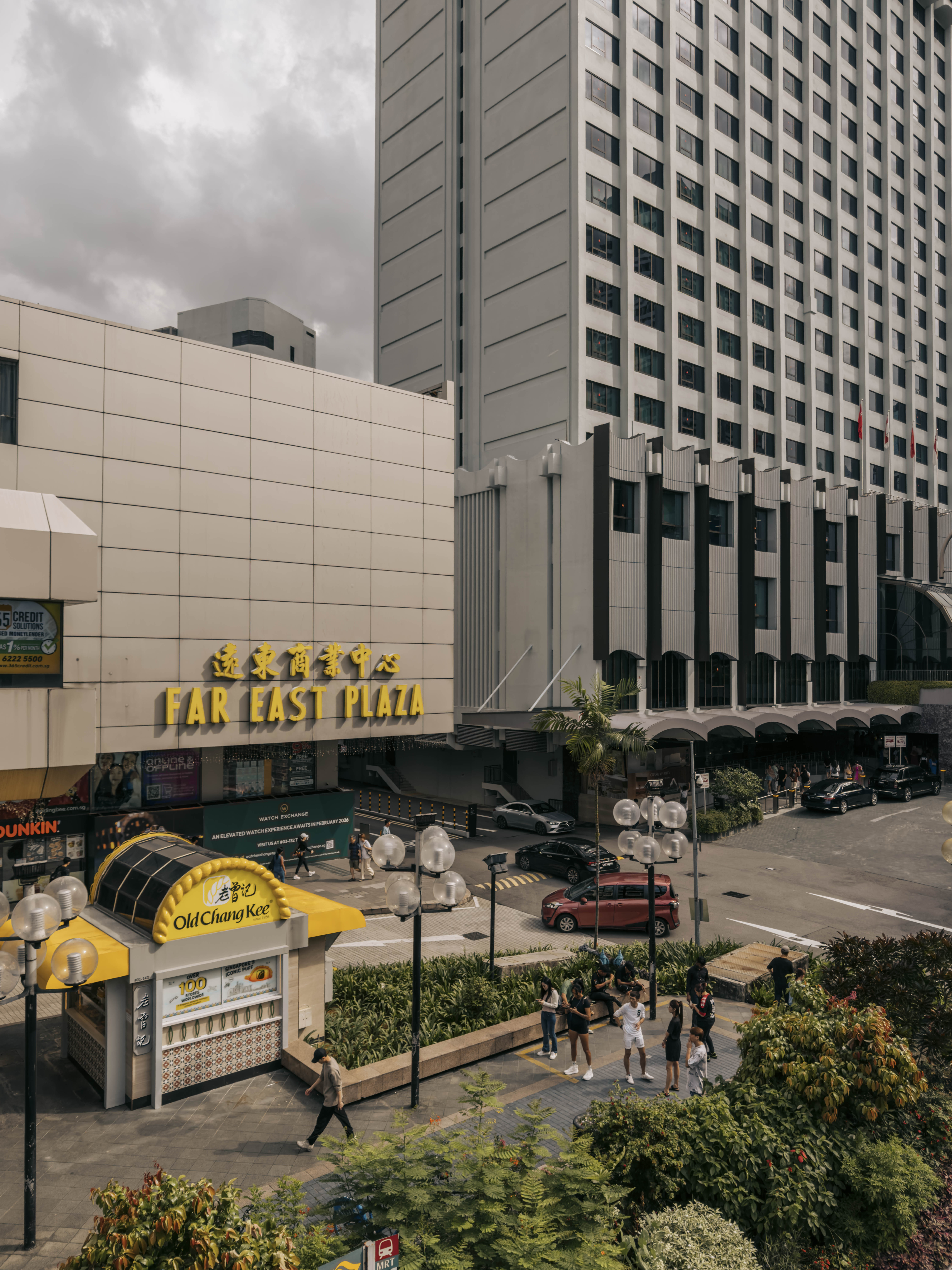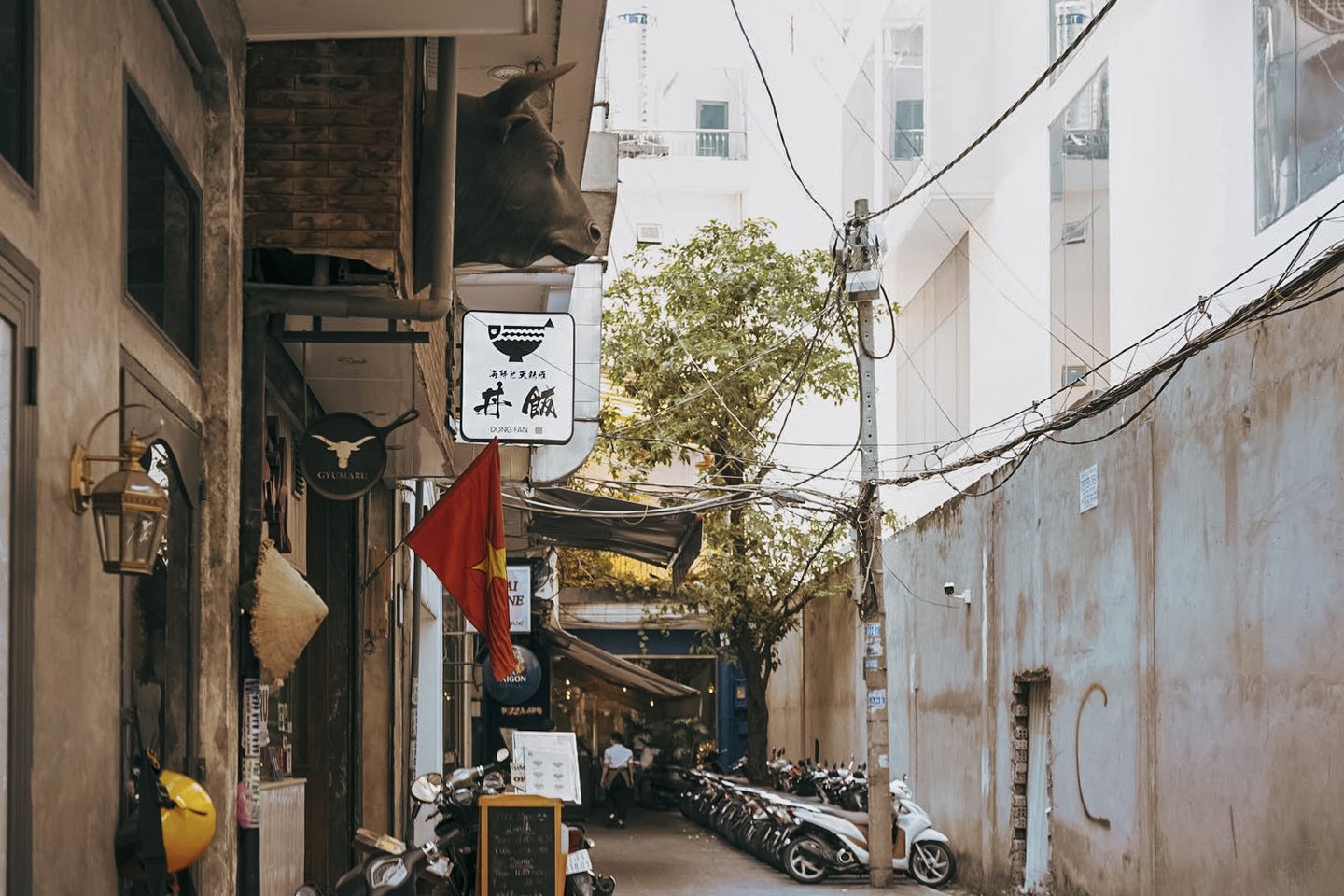Borobudur rises from the earth at the edge of the city, its stupas softened by mist and the gentle morning sun. Around it, fields pulse with life – rice farmers stoop low over the wet earth, women carry bundles wrapped in faded batik cloth, and the day begins with little ceremony but great rhythm.
✦
This is Yogyakarta, pronounced Jogjakarta, the cultural nucleus of Java. While Bali may be Indonesia’s tourism shorthand, Java is its elder sibling – older, larger, and quieter in its ways. This volcanic landmass, home to over 150 million people, is the cultural force that shaped modern Indonesia, from its ancient temples to its brilliant textiles.
Few other cities and towns in Java offer the same cultural experience as Yogyakarta. As a fourth-generation Singaporean of Javanese heritage, I return again and again to press my ear against the beating heart of my ancestry.
The city offers much in return: sprawling temples that still draw pilgrims, craft traditions sustained through generations, and performances that move with quiet, deliberate grace.
There’s a particular satisfaction in seeing culture not displayed, but lived – in the resonance of a gamelan ensemble drifting through an open pavilion, or in batik ateliers where the same kinds of cloth that once cradled me as a child now take form. They remind me of my grandmother, who would don her batik every morning before sunrise and began bustling about her day.
These gestures, so small in childhood, return now as touchstones when I visit. What once seemed intangible is embodied in the form of ancient temples and craftspeople in ateliers.
This is my guide to Yogyakarta – for travellers drawn to Java’s contemplative spirit, and to places where memory still lives.
Photos: Lauryn Ishak
Getting around Yogyakarta
Yogyakarta is compact enough to feel navigable, yet layered enough to reward slow exploration. The city is served by Yogyakarta International Airport (YIA) in Kulon Progo, about 90 minutes by car from the city centre – traditionally defined by the area around the Kraton, or the Sultan’s Palace.
Most travellers arrive via airport taxi, private transfer, or the newly built airport rail link that takes you to the heart of town. Once in the city, ride-hailing apps like Gojek and Grab are the easiest way to get around – especially for reaching outlying craft villages or temple sites. Consider hiring a driver for a day or two, to venture to the ancient Borobudur or Prambanan temples.
Where to stay
Where you choose to sleep shapes how you experience the city. For those who prefer a central base, the Yogyakarta Marriott Hotel offers modern comfort with easy access to Pakuwon Mall Jogja next door that is full of food options and global retail chain stores – a practical choice for travellers balancing exploration with convenience.
To be in the thick of Yogyakarta’s street life, Jalan Malioboro is where the city moves the loudest.
This historic thoroughfare is lined with shops, street musicians, night markets, and food stalls – chaotic, colourful, and always in motion. Hotels here put you within walking distance of Tugu Station, the Kraton, and the city’s core. Options range from the iconic Grand Inna Malioboro, a heritage hotel with deep roots in Indonesia’s independence era, to The Phoenix Hotel, a refined colonial-era property just a few streets away that blends old-world charm with modern polish.
But for something more meditative, Amanjiwo – set near Borobudur – is a destination unto itself. It faces the temple which can be seen across the hills and offers stillness, privacy, and a kind of spiritual silence.
Photos: Lauryn Ishak, Aviv Rachmadia, Lauryn Ishak
Where to go
Borobudur
Borobudur is the world’s largest Buddhist temple and a defining expression of Java’s syncretic spiritual heritage. Built in the 9th century under the Sailendra dynasty, it was constructed from volcanic andesite stone in the form of a stepped mandala, guiding pilgrims through sculpted terraces that narrate Buddhist teachings, Javanese cosmology, and indigenous symbolism.
Located in Magelang, about 1.5 hours from Yogyakarta, the site draws visitors at sunrise, when the carvings reveal themselves in the morning mist. The sunrise tours start as early as 4am and while it’s an early start to the day, it’s worth it – not just for the beauty of the first light, but because the sun starts to get a little too much past 10am.
Prambanan
Prambanan is Indonesia’s largest Hindu temple complex, built in the 9th century by the Sanjaya dynasty. The temple honours the Hindu trinity – Shiva, Vishnu, and Brahma – with its central tower rising 47m above a constellation of smaller shrines. Its relief panels depict epic scenes from the Ramayana, which is still performed nearby in an open-air ballet against the temple’s illuminated backdrop.
The performances are often an abridged section of the Hindu epic and will appeal to both domestic and international audiences. A seat here serves as a reminder that in Yogyakarta, the sacred is not confined to the past – it’s still being recited, danced, and lived in the present.
Museum Sonobodoyo
For travellers seeking to understand the meaning behind Yogyakarta’s temples, crafts, and performances, Museum Sonobudoyo is where it all comes together. This sprawling compound houses over 43,000 objects that span Java’s Hindu, Buddhist, Islamic, and animist traditions.
Its collection includes wayang puppets, ancient ceremonial keris daggers, batik textiles, and ritual artefacts dating back to the 8th to 10th centuries. It was founded in 1935 as a centre for preserving classical Javanese art and thought, and was recently renovated and expanded in March 2024.
Kraton Yogyakarta
The Kraton is the living palace of the Sultan and the heart of Yogyakarta’s cultural and spiritual identity. Built in the mid-18th century, its layout follows Javanese cosmology – aligning mountains, sea, and cardinal points to reflect a universe in balance.
The architecture is deliberately unassuming, echoing the Javanese ideal of power expressed through restraint and simplicity – traits that seem humble compared to other royal residences around the world, like Buckingham Palace and Versailles.
I particularly love that within its open-air pavilions, daily performances of gamelan, classical dance, and wayang kulit take place – not as entertainment, but as expressions of royal duty.
For those of us in the Javanese diaspora, the Kraton offers an experience into a living tradition. Unlike static museums, it invites us to witness the rhythms of a court where art, ritual, and philosophy are not relics, but practiced knowledge.
Photos: Aviv Rachmadia, Lauryn Ishak, Afif Rhamdasum
What to experience
Batik making
Batik remains one of Java’s most refined art forms – a philosophy drawn in wax and dye. In Yogyakarta, it’s not just worn but lived in, with patterns that carry meanings tied to family, status, and the cosmos. Travellers can see traditional batik being made at Batik Winotosastro and Batik Plentong in the Tirtodipuran area, or try it themselves in hands-on workshops.
For a quieter, more personal glimpse into batik as inheritance, seek out smaller ateliers near the Kraton. This is where I’ve picked out choice one-off pieces meant to be passed down to many generations after me. As someone of Javanese heritage, the fabric holds a deeper meaning – it’s not just a textile, but a language of belonging.

Stone masonry
In the villages around Prambanan and especially Muntilan, travellers will find workshops where volcanic stone is still carved by hand. These masons are the modern inheritors of a thousand-year-old tradition, producing temple replicas, guardian statues, and ritual objects with the same materials used over a millennia ago.
Many are descendants of artisans who helped restore Borobudur and Prambanan.
Watching them work – chipping, smoothing, pausing – offers a rare connection to the architecture you see across Java.
This is where I often recommend travellers to pick up a mortar and pestle. Besides supporting the artists’ work, it’s a useful object in the kitchen, and one that’s made from the very same stone used to construct Java’s temples.
Ceramics
Kasongan Village, 7km south of the city, is known for its pottery workshops with a history dating back to 1675. Once a humble centre for terracotta kitchenware, it has since grown into a creative district with some 300 artisan workshops producing everything from decorative sculpture to contemporary ceramics.
Visitors can walk through family compounds, observe production, or try their hand at shaping clay themselves at open studios. International shipping options are available should a clay sculpture catch your eye.











